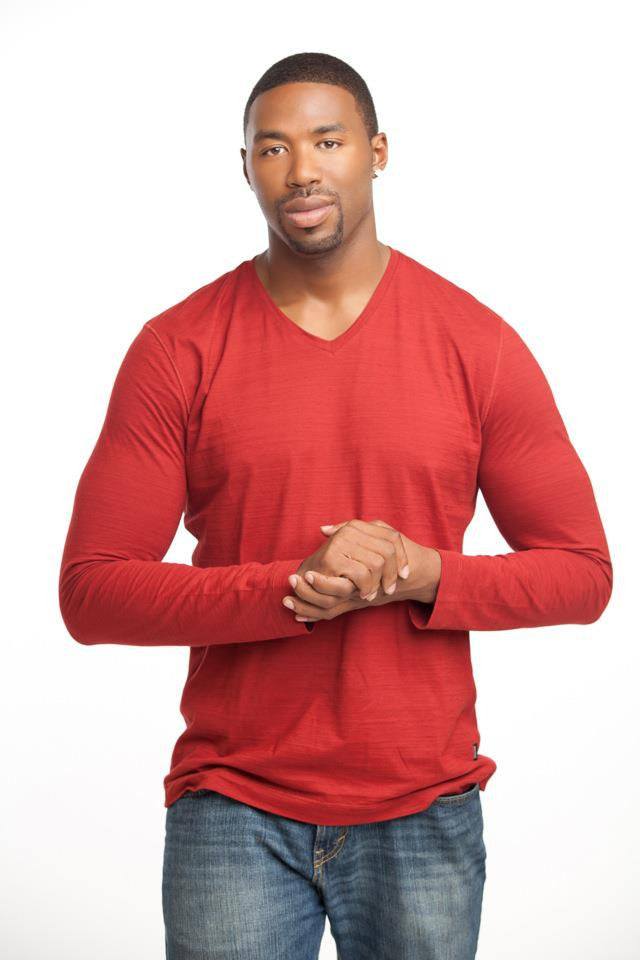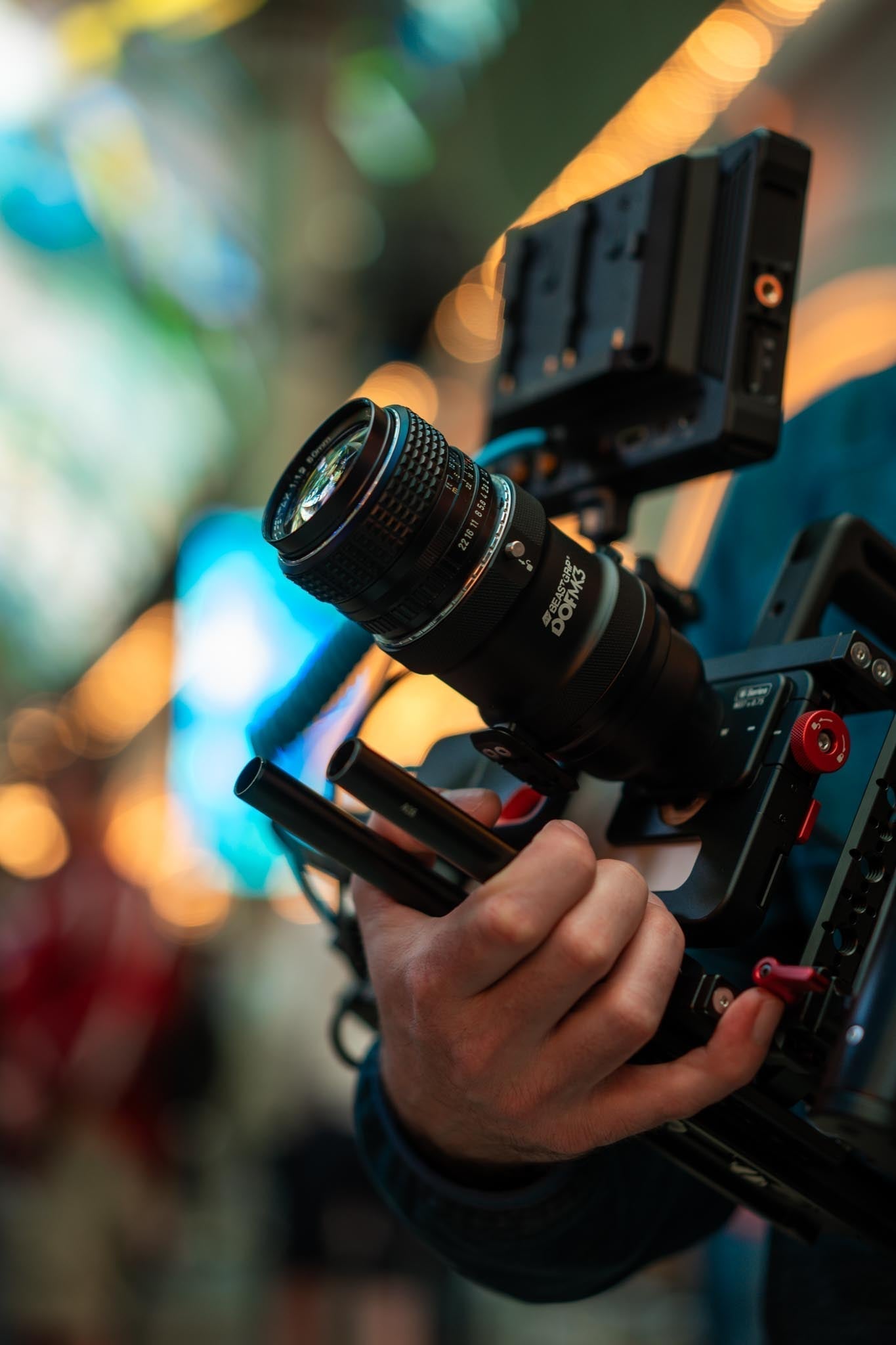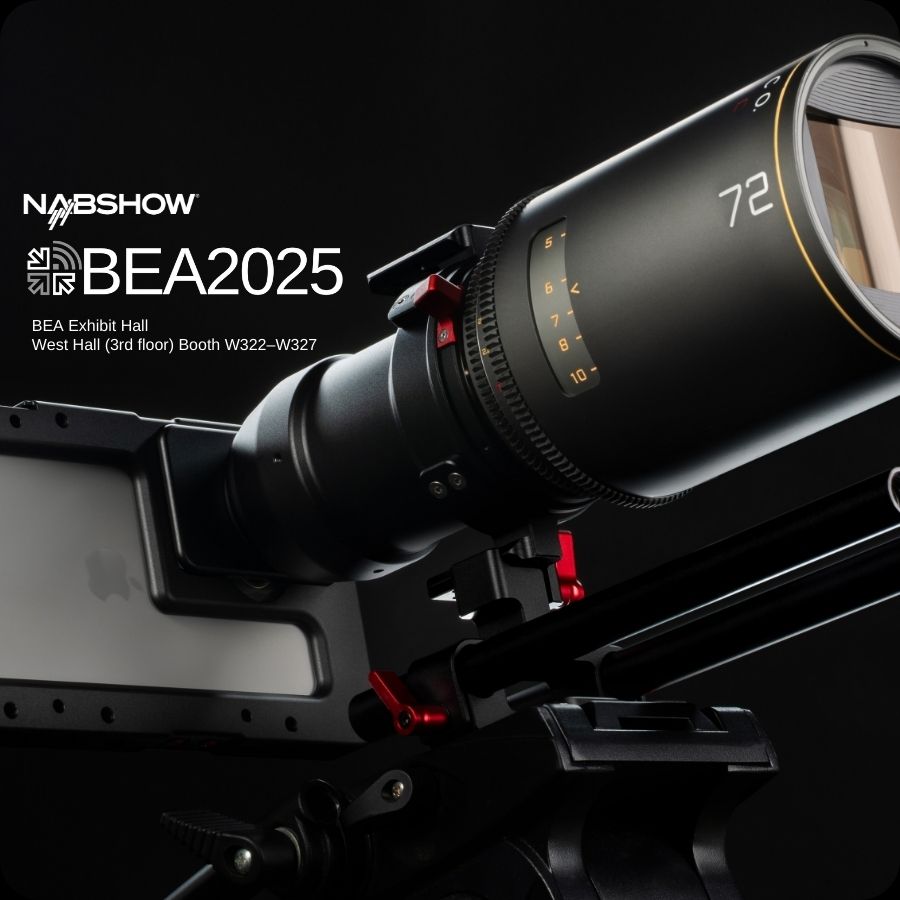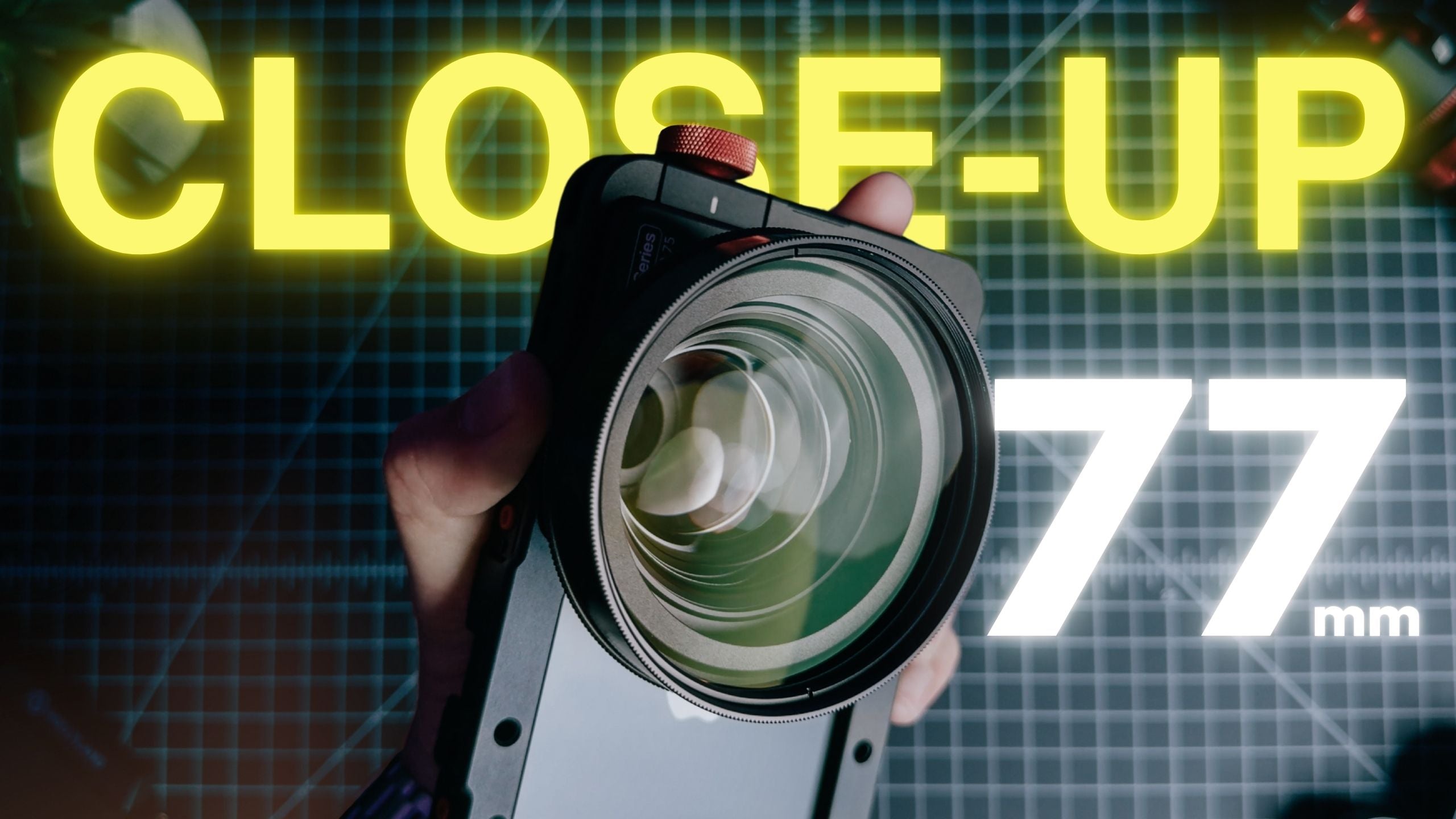It’s been a crazy few weeks for ex-NFL filmmaker Matthew A. Cherry. After writing, directing and successfully funding a Kickstarter campaign for his latest film 9 Rides, he’s getting ready to premiere at the SXSW Film Festival in Austin, TX on March 11th. Although he may seem like an overnight success, this is not his first rodeo behind the camera. His resume includes music videos from Snoop Dogg and Common, and his last feature-length film The Last Fall - which is now available on Netflix – had experienced the similar success with Kickstarter and SXSW, earning him a massive reputation in the film industry. During a brief interview over the phone, he shared his secrets on becoming a filmmaker, his advice to new filmmakers, and his experience shooting a feature film on the Beastgrip Pro.
----
How did you get started as a filmmaker?
I studied Communications and Film during college in Akron, Ohio. I was on a football scholarship as a Wide Receiver, which I ended up following into the NFL. A few years later, I left the NFL to pursue my first passion for filmmaking full-time. I had no real experience behind the camera, so I got started as a PA [Production Assistant] for a while. The film industry is extremely biased around “who you know” more than “what you know,” so it was tough to move up the ladder as a crew member without prior connections. I reached out to a group I heard about called Streetlights, they’re a non-profit initiative to bring more diversity to the crew member staff. With their help, I was able to progress a lot more and eventually work on production for some really large shows [including Heroes on NBC] and it inspired me to cultivate my own path as a Director.
Do you remember the first thing you filmed?
Yeah, it was a music video for Terry Dexter’s I’m Free. She was pretty big at the time [back in 2008] and really amazing to work with - it was a great experience for me. After directing a handful of music videos, I started working my way up to short and feature-length films.

Matthew Cherry reviewing footage for 9 Rides
How was your experience filming 9 Rides [compared to your other projects]?
The production was extremely smooth. We had a minimal crew and budget and there was great chemistry between all of us – the whole time it felt like [I was] just hanging out with friends. It also helped that we shot the whole movie in a car [laughs], which was the perfect place to tell our story.
Shooting on iPhones was an awesome experience too. Without a ton of gear to lug around, we could get some interesting shots in places we couldn’t otherwise. All we had to do was mount the phones into the Beastgrip Pro and attach our lenses, like the Moondog Labs Anamorphic lens and the Beastgrip DOF Adapter with our SLR lens. FiLMiC Pro [the app they used to film] was really user-friendly and intuitive too, so shooting was a breeze.
I was skeptical at first, but I really wanted to be the first filmmaker to shoot with the 4K capability on the iPhone 6S. After using a smartphone on a professional level, I can say I’m a believer now… [laughs] and what’s crazy is technology is always getting improving. If you think about it, there was a time when people were freaked out about the idea of using digital cameras. Now look at us!
What advice would you give to a new filmmaker?
“Shoot your shot.” You don’t need to overthink anything, just use whatever gear you have! At the end of the day, it’s all about storytelling. Look at someone like Sean Baker [the Director of the movie Tangerine], he told the story he had to tell – without a huge budget or fancy gear. Nowadays there’s no excuse [to not shoot]...
To support the Kickstarter campaign for 9 Rides on their last six days before it ends, visit their page here.
---
Stay tuned for an interview with journalist/filmmaker Nico Piro, covering his thoughts on filming and his experiences from investigating disasters and crises.
-----
Follow and tag us on Instagram (@beastgrip_pro), Facebook, Twitter, Periscope and join our newsletter for more phoneography news, tips and tricks and join the #phoneography movement!






Share:
9 Rides - The First Film Shot on iPhone 6S in 4K and the Beastgrip Pro is Premiering at SXSW 2016
Interview with Nico Piro On the Field of the Grand Synthe Refugee Camp